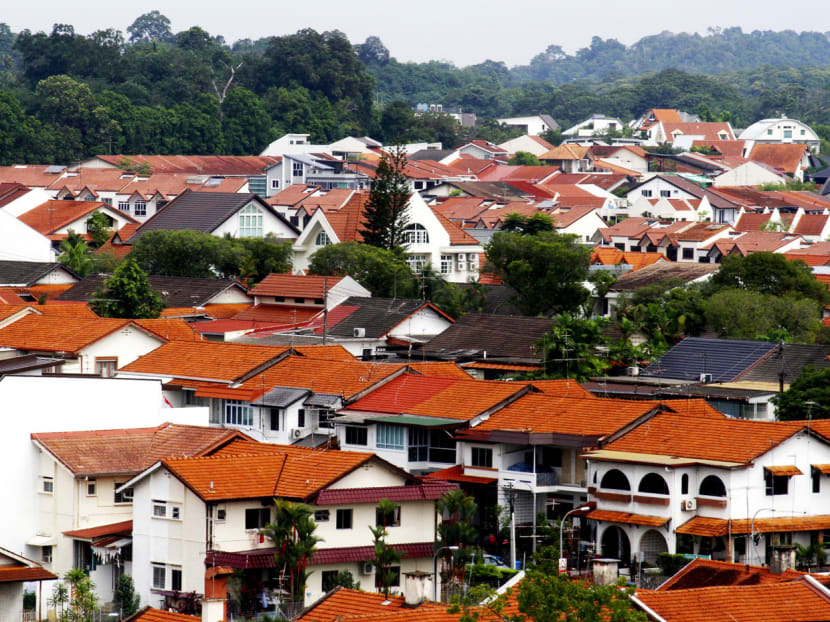Market conditions will ensure new equilibrium for property prices
The Property commentary “TDSR running out of steam?” (Nov 21) suggests the current decline in property prices of only 5.2 per cent from their peak could mean that the Total Debt Servicing Ratio (TDSR) is losing effectiveness in reducing prices further.

More than 80,000 private homes are coming on stream, with most to be completed next year and in 2016. This will aggravate the high vacancy level of more than 20,000 units. TODAY File Photo
The Property commentary “TDSR running out of steam?” (Nov 21) suggests the current decline in property prices of only 5.2 per cent from their peak could mean that the Total Debt Servicing Ratio (TDSR) is losing effectiveness in reducing prices further.
The writer offers the radical view that the only way to ensure a further drop in private non-landed prices is to increase supply, especially as current demand is seemingly not waning and is, therefore, supporting present price levels.
However, my take is that it is still the early days of a major correction in residential property prices; the signs suggest that this will happen in the next two years. Already, certain facts are evident.
First, interest rates are on the rise. This will contribute to higher borrowing costs, particularly for the highly leveraged. Second, new buyers still face challenges in meeting the TDSR cap, which reduces the pool of potential buyers.
Third, rental vacancies are rising, with more demanding tenants. While it is more difficult to rent out older homes, newer ones face the prospect of lower rents. Both will affect the cash flow for landlords to repay their mortgages.
Fourth, the number of bank auctions for residential properties have jumped fivefold from last year. Even high-end homes and those in prime districts are not spared. (“More luxury homes go under the hammer as defaults spike”; Nov 15)
Fifth, more than 80,000 private homes are coming on stream, with most to be completed next year and in 2016. This will aggravate the high vacancy level of more than 20,000 units. Singapore is potentially facing an imminent oversupply.
Sixth, the global outlook remains fragile, with major economies such as the European Union and Japan bordering on recession, the United States showing a fragile recovery and China having its slowest growth in decades.
In our highly-connected world, the misfortunes of major economies will have negative consequences for a small country such as Singapore.
The biggest worry is unemployment. If this should rear its head here, one of the first casualties will be the property market and, hence, property prices. I expect the road ahead to be tough and uncertain.
Prudent investors should be fine, but the more aggressive ones would pay the price of asset deflation, which may come sooner rather than later. The Government is wise not to dismantle the TDSR framework.
There is no need for fresh initiatives either. Market conditions will ensure a new equilibrium for property prices, which had risen too high and been unsustainable for the average Singaporean.






